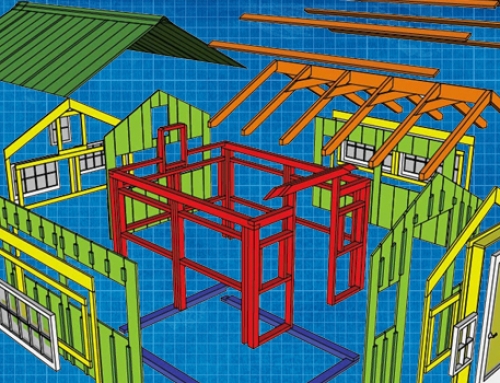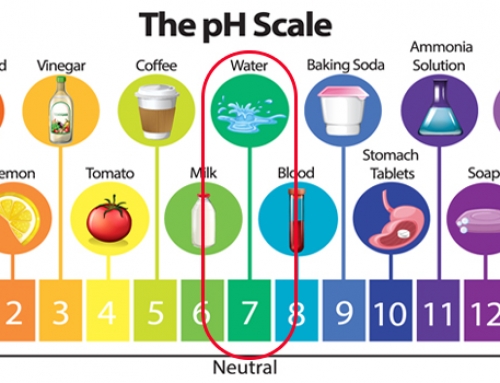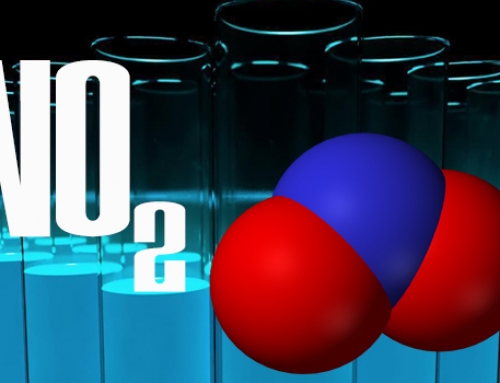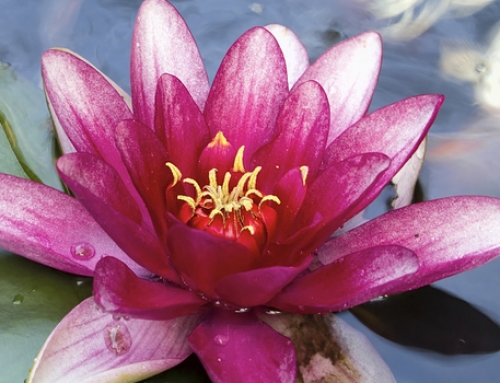Project Description
Iron Deficiency In Aquaponics
Iron is a key nutrient that both plants and animals use for overall well-being and healthy growth. It is directly tied to successful plant growth and without it plants will become stunted, fail to produce, and potentially die. Unfortunately, aquaponics plant deficiencies like low iron levels are common in mature aquaponic systems. In fact, most aquaponics systems will require iron supplementation on a regular basis once the system reaches maturity. Understanding how iron impacts your plants, how to identify an iron deficiency in aquaponics, and how to treat one will help you keep your plants and your fish healthy and growing strong.
How Iron Deficiency Affects Plants
Iron plays an important role in plant health and growth. Iron is a key nutrient in the production of chlorophyll, a compound that plants use for everything from producing energy to the formation of enzymes and proteins used for cell growth. Chlorophyll also gives plants the green color, which is why a nutrient deficiency like iron that affects chlorophyll causes leaves to yellow. Iron also plays an important part in a plant’s ability to process oxygen and carry it throughout plant cells from root to leaf tip. In addition to carrying oxygen throughout the plant, iron is also responsible for transporting other important elements, making it a major contributor to the health of your plants.
When an iron deficiency in aquaponics occurs, all of the plants in the system are at risk. Without the necessary levels of iron, chlorophyll production slows or stalls. Additionally, oxygen and other nutrients become unavailable to portions of the plant, and key enzymes are not produced in sufficient quantities. This can cause stunted growth on leaves and stems, prevent the growth of seeds, flowers, and fruits, damage new and existing leaves, and lead to a diminished harvest. In cases of severe iron deficiency, plant loss is possible, potentially crippling your entire aquaponic system.
Confirming Iron Deficiency in Aquaponics Systems
Identifying an iron deficiency is generally a simple task once the levels of iron are low enough to impact chlorophyll production. This is because the plants will start to demonstrate various visual clues that indicate an iron deficiency. Symptoms will begin with chlorosis or yellowing. Older leaves or those higher up on the plant will show the most severe signs, potentially turning completely yellow with only the leaf veins remaining green. Yellowing may resemble a spidery or weblike pattern on the leaves. Leaves may also begin to turn whitish before dying. Overall plant growth will become stunted, and new growth may fail to appear. Testing kits are also available and will give you a clear indication of how much iron is available in your aquaponics water solution. These kits will allow you to determine the amount of iron in parts per million or ppm. Readings of 3.0ppm or below indicate a deficiency. If the level drops below 1.5ppm, this can indicate a severe deficiency.
Treating Iron Deficiency in Aquaponics
When treating an iron deficiency, it is important to consider a couple of factors. First, the severity of the deficiency should be considered as this can affect the way that iron is supplemented in the system. If a deficiency is severe and is causing issues with the health of the plants in the system, it may be better to supplement iron in a spray used directly on the plant’s leaves. This method provides a more concentrated dose directly to the plant and can help quickly remedy a deficiency. Supplementing in the tank is also a common method for resolving an iron deficiency. System pH is another important consideration. A higher pH level can make it more difficult for your plants to absorb available iron. Balancing pH can help your plants bounce back from the effects of an iron deficiency more quickly.
When working to treat an iron deficiency, choosing the right type of iron to supplement in your system is extremely important. Some forms of iron are more readily available for plant uptake, while others may not help plants at all, even when the iron levels are equal. Chelated iron is the type of iron most easily absorbed by plant roots. This is because chelation is a natural plant process that captures and dissolves metals like iron. This makes them easier for plants to gather and uptake the available iron. When using chelated iron, you also need to know the difference between EDTA and DTPA varieties. Iron DTPA vs EDTA is important for a supplement that helps your plants rather than hinders them. EDTA is a toxic version that is often sold as a weedkiller, while DTPA is an effective fertilizer.
Adding Iron To Aquaponics Systems
- Use a 13% DTPA chelated iron supplement
- Dose with approximately one cup per 10,000 gallons of water
- Dilute the powder in a bucket of water before using
- Add the iron supplement in a variety of locations throughout your tank
- Each cup of chelated iron should raise the iron level by around 0.5ppm
Preventing Iron Deficiency in Aquaponics
Once your iron deficiency has been addressed, it is essential that you take steps to prevent further issues. It is very common for mature aquaponics systems to require additional iron from time to time as both fish and plants pull this nutrient out of the system for growth and overall health. To prevent further issues with iron deficiency, you will want to make sure to have some 13% chelated iron on hand at all times. Continue to regularly test for iron and add more when levels begin to drop. You can also set up a regular schedule to supplement with iron, especially if your system is prone to this deficiency. Adding additional iron every two to three weeks can help prevent further deficiency, although this method is not as effective as regular iron testing. Additionally, you should regularly check your system’s pH level and work to keep that level in balance. This can help your plants better absorb many important nutrients, including iron.





